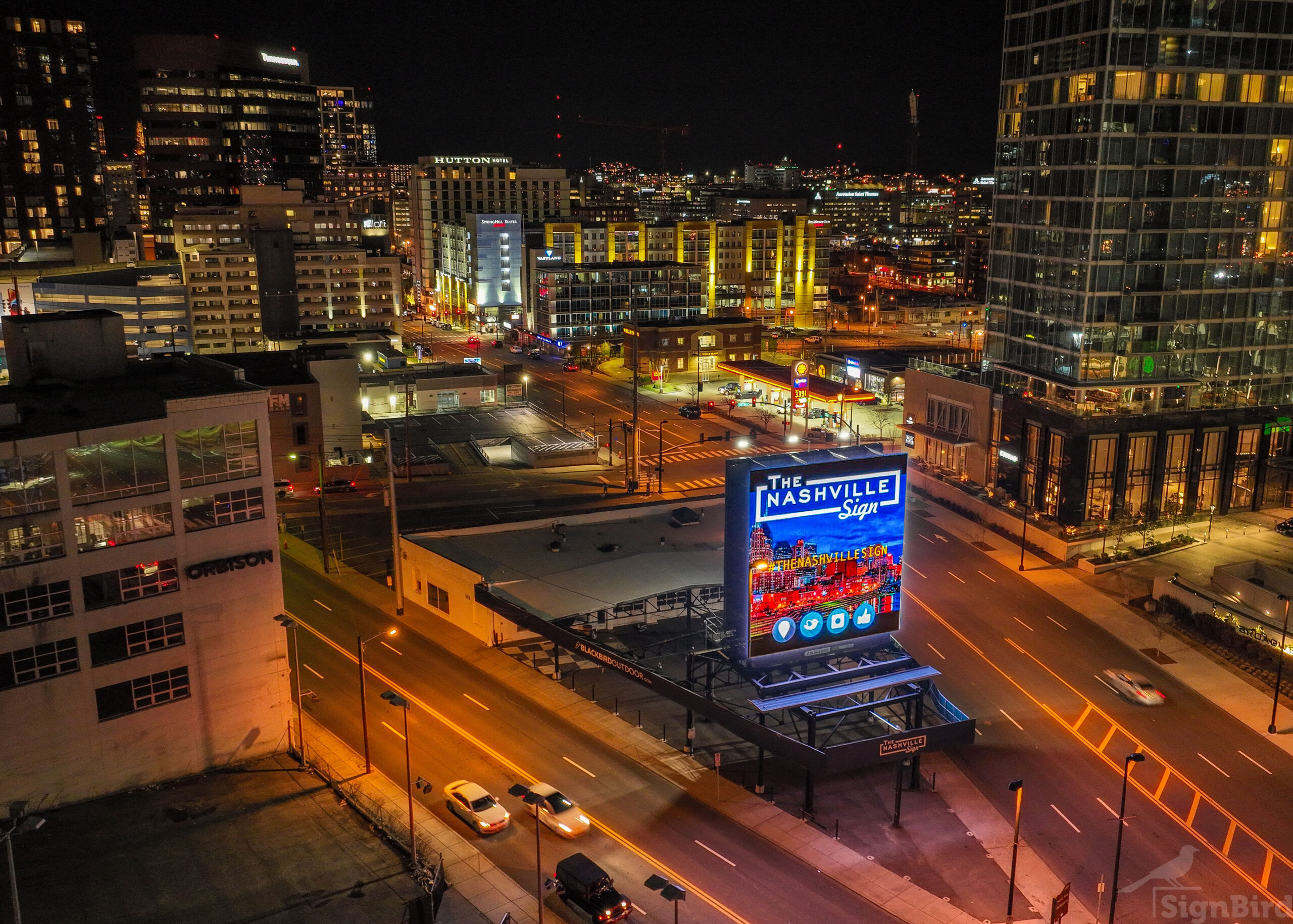Best Practices for Capturing Billboards at Night: How to Optimize Low-Light Photography for OOH Ads

Capturing effective images of billboards at night presents a unique set of challenges for photographers. Low-light conditions, varying light sources, and the dynamic nature of outdoor advertising all require careful consideration and technical skill to produce clear, visually striking images. Achieving the right exposure is particularly crucial to avoid common issues such as noise, overexposure, or motion blur. Factors such as ISO, aperture, and shutter speed all play a vital role in ensuring that the billboard is properly lit without sacrificing image quality. Additionally, the type of lighting used on the billboard, whether LED or traditional, can affect how light interacts with the camera, requiring further adjustments. To navigate these challenges, understanding the best times to shoot, making use of stabilization tools like tripods, and managing potential distractions like light pollution are essential strategies for optimizing night-time photography of out-of-home ads. Today, we will explore the best practices for shooting billboards at night, providing insights on how to master low-light photography while maintaining the integrity and impact of outdoor advertisements.

When shooting billboards at night, achieving the right balance of exposure is crucial to avoid noisy or overexposed images. Start by adjusting the ISO. A lower ISO helps maintain image clarity without introducing unwanted grain, while a higher ISO might be necessary if light is limited, though it may lead to noise. Use a wide aperture (low f-stop) to allow as much light as possible into the camera, especially when working in low-light environments. For shutter speed, slower speeds can help capture enough light, but it’s essential to use a tripod or other stabilization tools to prevent motion blur and ensure sharpness. White balance adjustments are also key to avoiding unnatural color shifts, especially with artificial lighting from the billboard itself. Depending on the billboard’s lighting, whether it’s LED or traditional, its brightness and color temperature can significantly impact exposure and how the ad appears in the final image. The best times to shoot are during twilight or the blue hour, when the contrast between the ad’s light and the surrounding environment creates a striking image.
Post-processing is where many night billboard images truly come to life, transforming a technically sound shot into a visually compelling and polished final product. At SignBird, we use editing software such as Adobe Lightroom and Photoshop which allows us to fine-tune elements like contrast, highlights, shadows, sharpness, and color balance, all of which are crucial when dealing with the uneven lighting and intense brightness often present in night scenes. Color correction is especially important to neutralize unwanted color casts caused by artificial lighting, ensuring the billboard’s design remains true to its original appearance. Noise reduction is essential for cleaning up high ISO images, helping to reduce grain without compromising important details. Selective adjustments, such as brightening the billboard while dimming surrounding distractions, can further draw the viewer’s attention to the focal point. Cropping and perspective correction are also valuable for refining composition, straightening angles, and minimizing distortion, which is particularly important when shooting from unconventional positions. Altogether, thoughtful post-processing enhances not only the clarity and quality of the image but also the overall impact and storytelling power of nighttime billboard photography.
Photographing billboards at night requires a thoughtful blend of technical knowledge, creative composition, and meticulous post-processing to overcome the challenges posed by low-light environments and competing light sources. By mastering exposure settings, understanding how artificial lighting affects image quality, and applying strategic compositional techniques, photographers can ensure that the advertisement remains the clear focal point of the image. Post-production further refines the photo, enhancing both its aesthetic and communicative power. When all these elements are skillfully combined, night-time billboard photography not only documents outdoor advertising effectively but also transforms it into a visually engaging and professionally executed piece of visual storytelling.
Source: SignBird


